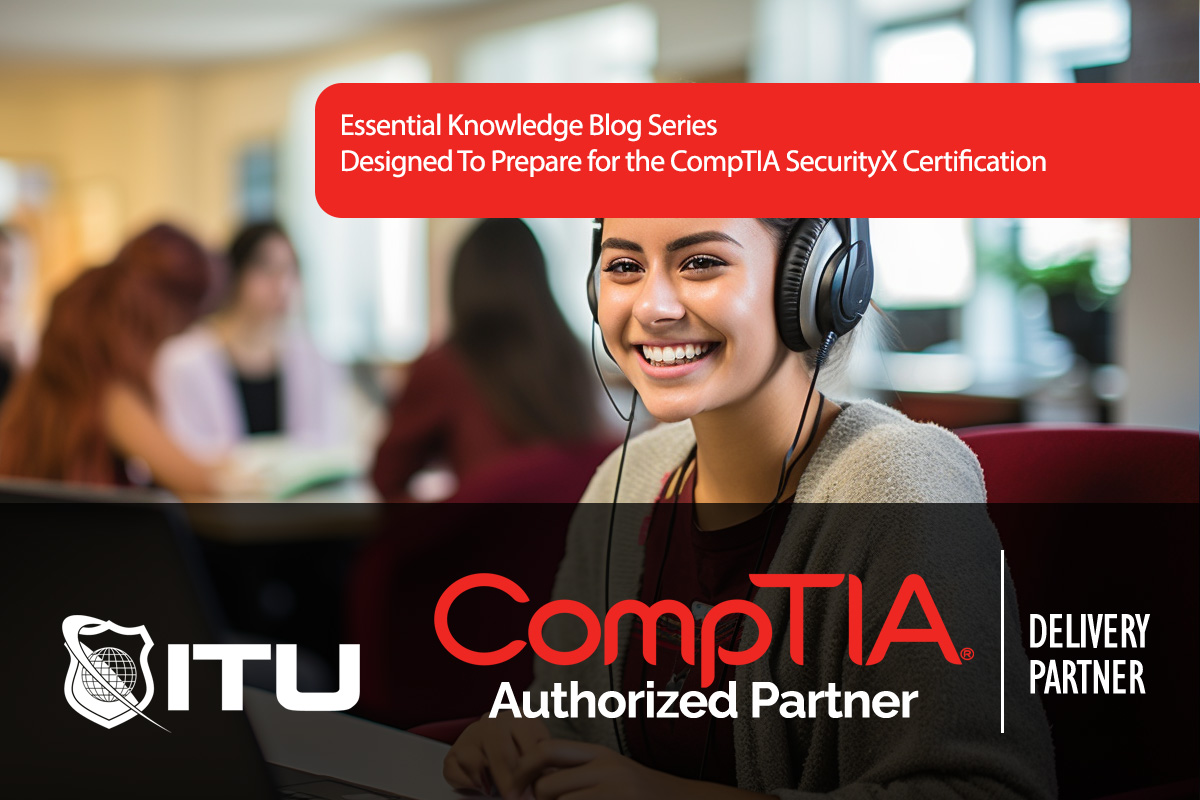What Is Accelerometer
An accelerometer is a device that measures the acceleration it experiences relative to freefall and uses this to calculate the velocity and position of the object it is attached to.

Rule-based languages play an essential role in cybersecurity, allowing analysts to detect, categorize, and respond to threats based on predefined criteria and patterns. These languages, including Sigma, YARA, RITA, and Snort, support threat hunting and threat intelligence by enabling customizable, automated threat detection. For CompTIA SecurityX certification candidates, understanding these rule-based languages is critical for Objective 4.3: “Apply threat-hunting and threat intelligence concepts.” This blog will explore each of these languages, highlighting their features, applications, and benefits in a comprehensive cybersecurity strategy.
Rule-based languages are programming or scripting languages designed to automate the process of identifying and categorizing cyber threats. They allow cybersecurity teams to establish detection rules for specific behaviors, indicators, or attack patterns that can be flagged and monitored automatically. This automation is vital in handling large volumes of data, enabling faster, more accurate detection of threats.
Each rule-based language has unique features and focuses on different aspects of cybersecurity threat detection and response. Let’s explore Sigma, YARA, RITA, and Snort in detail.
In threat hunting, rule-based languages enable cybersecurity professionals to streamline and automate the process of detecting anomalies, categorizing threats, and responding to potential attacks.
Effectively using rule-based languages in cybersecurity requires careful planning and adherence to best practices.
Mastering rule-based languages equips CompTIA SecurityX candidates to:
Integrating rule-based languages into cybersecurity practices provides professionals with versatile, customizable tools to address the evolving threat landscape effectively.
Rule-based languages in cybersecurity are scripting languages used to define rules for identifying, categorizing, and responding to threats. They enable automated detection of anomalies, malware, and network intrusions based on specific patterns or behaviors.
Sigma is an open-source rule-based language designed for writing SIEM detection rules in a standardized format. It allows analysts to create rules that are compatible across multiple SIEM platforms, helping detect suspicious activities and enhance cross-platform threat visibility.
YARA is a rule-based language used to identify and classify malware by searching for specific patterns within files. Its pattern-matching capabilities make it invaluable in malware research and forensic investigations, helping detect malware based on unique code characteristics.
RITA (Real Intelligence Threat Analytics) is used for analyzing network traffic logs to detect malicious activities, such as command-and-control (C2) communications. It helps identify suspicious network patterns, including beaconing behavior indicative of compromised systems.
Snort is a popular open-source IDS/IPS that uses signature-based rules to detect and block malicious network traffic in real time. Deployed at network perimeters, Snort identifies threats such as DoS attacks, buffer overflows, and unauthorized scans, providing essential intrusion prevention.
Lorem ipsum dolor sit amet, consectetur adipiscing elit. Ut elit tellus, luctus nec ullamcorper mattis, pulvinar dapibus leo.
$49.99 Original price was: $49.99.$16.99Current price is: $16.99. / month with a 10-day free trial
An accelerometer is a device that measures the acceleration it experiences relative to freefall and uses this to calculate the velocity and position of the object it is attached to.
Acoustic Cryptanalysis is a fascinating and complex field that lies at the intersection of cryptography, acoustics, and cybersecurity. It involves the analysis of sound waves generated by electronic devices, particularly
Adaptive Learning Systems are sophisticated educational technologies designed to customize the learning experience to meet the unique needs of each student. By analyzing a student’s performance in real-time, these systems
Address Space refers to the range of memory addresses that a system or a process can use. It plays a crucial role in computer architecture, operating systems, and networking, where
The Advanced Encryption Standard (AES), also known as Rijndael encryption, stands as a cornerstone in the field of data security. This symmetric encryption algorithm secures sensitive information, ensuring that data
Agile estimating and planning is a flexible and dynamic project management approach that focuses on delivering high-value features in short iterations. This methodology emphasizes collaboration, customer feedback, and small, measurable
Agile retrospectives are a crucial component of the Agile software development methodology, serving as a reflective meeting that occurs at the end of each sprint. It’s a dedicated time for
Agile Value Stream Mapping (VSM) is a lean-management method for analyzing the current state and designing a future state for the series of events that take a product or service
AJAX, short for Asynchronous JavaScript and XML, is a set of web development techniques using many web technologies on the client side to create asynchronous web applications. By decoupling the
Algorithmic efficiency is a fundamental concept in computer science that concerns how well an algorithm performs in terms of time and space requirements. The efficiency of an algorithm is often
Ambient User Experience (UX) refers to the seamless integration of technology into our daily lives in a way that feels natural and unobtrusive. This concept extends beyond traditional interfaces, encompassing
A blacklist is a list or register of entities denied a particular privilege, service, mobility, access, or recognition. In the context of information technology, blacklists are commonly used to restrict,
ENDING THIS WEEKEND: Train for LIFE at our lowest price. Buy once and never have to pay for IT Training Again.

Get ready for the updated 220-1201 & 220-1202 exams with our brand-new CompTIA A+ training—designed to help you pass with confidence and start your IT career strong. Access this course and over 2,900 hours of expert-led IT training when you sign up for any of our All-Access Passes. Don’t miss out—enroll now and start learning today!